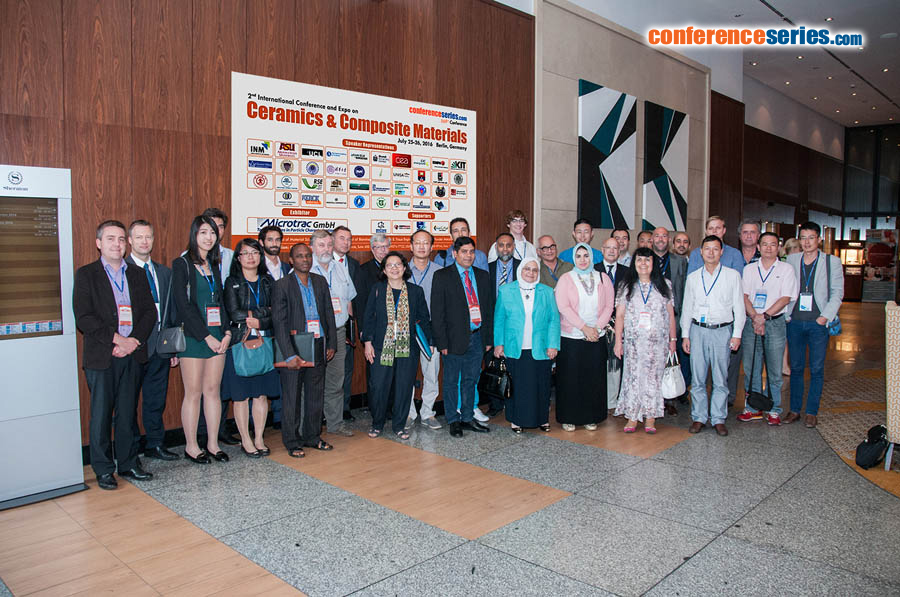
Salvatore Grasso
Queen Mary University of London
Title: Flash spark plasma sintering of advanced materials
Biography
Biography: Salvatore Grasso
Abstract
It is well know that due to both localized heating and the reduced sintering time in SPS processing can produce a significant energy saving and metastable microstructures if compared to Hot Pressing. In order to further improve the energy saving, we have developed a very rapid sintering technique called Flash SPS FSPS with heating rates of the order of 5-10 103 áµ’C/minute. Unlike the Flash Sintering based on high voltage, FSPS is based on low voltage and it can be up-scaled to sample volumes of several tens of cubic centimeters. Flash SPS allows densification of ZrB2 up to 95% under a discharge time as short as 35 seconds, which results in an energy saving greater than 95% compared to conventional SPS. A novel processing methodology that allows both preheating and FSPS of silicon carbide based materials (both of α and β SiC) has been developed. We were able to densify a SiC disc (Ф 20 mm) from initial density of 53% up 96% under a discharge time as short as 17s. The rapid densification (i.e. normalized displacement) of SiC by novel FSPS is compared to conventional SPS process. The developed methodology was up-scaled to samples as large as 60 mm. A novel route allowing full consolidation from loose powder to dense bulk in less than 30 seconds was also achieved. Following this recent work, we will present the first attempt of achieving materials flash sintered in contactless mode where the heating rate approaches 105áµ’C/minute. Results on other types of materials like permanent magnets and thermoelectrics (IP pending) is presented. A general understanding of the mechanism is proposed by using FEM simulation, TEM, SEM, ESR etc.
Speaker Presentations
Speaker PPTs Click Here


